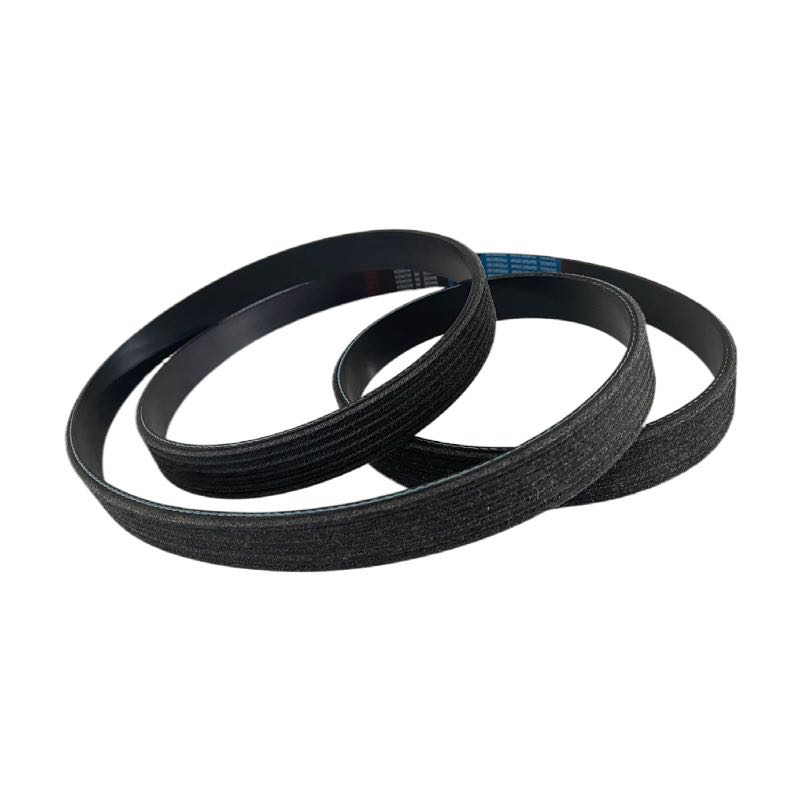- Arabic
- French
- Russian
- Spanish
- Portuguese
- Turkish
- Armenian
- English
- Albanian
- Amharic
- Azerbaijani
- Basque
- Belarusian
- Bengali
- Bosnian
- Bulgarian
- Catalan
- Cebuano
- Corsican
- Croatian
- Czech
- Danish
- Dutch
- Afrikaans
- Esperanto
- Estonian
- Finnish
- Frisian
- Galician
- Georgian
- German
- Greek
- Gujarati
- Haitian Creole
- hausa
- hawaiian
- Hebrew
- Hindi
- Miao
- Hungarian
- Icelandic
- igbo
- Indonesian
- irish
- Italian
- Japanese
- Javanese
- Kannada
- kazakh
- Khmer
- Rwandese
- Korean
- Kurdish
- Kyrgyz
- Lao
- Latin
- Latvian
- Lithuanian
- Luxembourgish
- Macedonian
- Malgashi
- Malay
- Malayalam
- Maltese
- Maori
- Marathi
- Mongolian
- Myanmar
- Nepali
- Norwegian
- Norwegian
- Occitan
- Pashto
- Persian
- Polish
- Punjabi
- Romanian
- Samoan
- Scottish Gaelic
- Serbian
- Sesotho
- Shona
- Sindhi
- Sinhala
- Slovak
- Slovenian
- Somali
- Sundanese
- Swahili
- Swedish
- Tagalog
- Tajik
- Tamil
- Tatar
- Telugu
- Thai
- Turkmen
- Ukrainian
- Urdu
- Uighur
- Uzbek
- Vietnamese
- Welsh
- Bantu
- Yiddish
- Yoruba
- Zulu
Aug . 12, 2024 22:16 Back to list
Choosing the Right PK Belt for Your Vehicle for Optimal Performance and Reliability
Understanding the Importance of PK Belt for Your Car
When it comes to maintaining a vehicle, most car owners focus on well-known components such as the engine, brakes, and tires. However, one crucial element that often goes overlooked is the PK belt, also known as the serpentine belt. This essential component plays a significant role in the overall performance and functionality of your car, and understanding its importance can save you from costly repairs and improve your vehicle's lifespan.
What is a PK Belt?
The PK belt is a crucial component that powers multiple peripheral accessories in your vehicle's engine. It is a long, continuous belt that is designed to transfer power to various devices, including the alternator, power steering pump, air conditioning compressor, and water pump. By ensuring that these systems work efficiently, the PK belt indirectly influences your vehicle's performance, fuel efficiency, and cabin comfort.
How Does a PK Belt Work?
The PK belt wraps around the various pulleys located on the engine's front. As the engine runs, it turns the crankshaft, which, in turn, moves the PK belt. This motion allows the belt to drive the accessory components. For instance, when you turn on the air conditioning, the PK belt ensures that the compressor operates smoothly. Without a functioning belt, these accessories may fail to work or may not function optimally, leading to struggles such as poor air conditioning or a dead battery.
Common Issues with PK Belts
pk belt for car

Like any other component in your vehicle, PK belts do not last forever. Over time, they can wear out, crack, or become frayed due to constant exposure to heat and friction. Signs of a failing PK belt may include squeaking noises when the engine is running, visible cracks or frays on the belt surface, and loss of power steering or cooling capabilities. Ignoring these indications can lead to a complete belt failure, causing your engine to shut down suddenly and resulting in extensive damage and costly repairs.
Importance of Regular Inspections
Given the role that the PK belt plays in keeping your vehicle running smoothly, regular inspections are crucial. Mechanics typically recommend checking the belt during routine maintenance, particularly during oil changes or seasonal check-ups. By catching any issues early, you can replace the belt before it causes significant problems. Most automotive experts suggest replacing the PK belt every 60,000 to 100,000 miles, although this can vary based on driving conditions and vehicle make.
DIY vs. Professional Replacement
For those who enjoy working on their vehicles, replacing a PK belt can be a DIY task. However, it requires some mechanical knowledge and the right tools. If you feel uncertain or lack experience, it is wise to have a professional handle the replacement. A qualified mechanic can ensure that the belt is installed correctly and can also inspect other related components to prevent future issues.
Conclusion
In summary, the PK belt is a small but vital component of your vehicle that warrants attention. Regular inspections and timely replacements can not only enhance your vehicle’s performance but also contribute to your safety on the road. Understanding the role of the PK belt and recognizing the signs of wear will empower you as a car owner, allowing you to maintain your vehicle effectively and prevent unexpected breakdowns. Remember, a healthy PK belt means a healthier, more reliable car.
-
Korean Auto Parts Timing Belt 24312-37500 For Hyundai/Kia
NewsMar.07,2025
-
7PK2300 90916-T2024 RIBBED BELT POLY V BELT PK BELT
NewsMar.07,2025
-
Chinese Auto Belt Factory 310-2M-22 For BMW/Mercedes-Benz
NewsMar.07,2025
-
Chinese Auto Belt Factory 310-2M-22 For BMW/Mercedes-Benz
NewsMar.07,2025
-
90916-02660 PK Belt 6PK1680 For Toyota
NewsMar.07,2025
-
drive belt serpentine belt
NewsMar.07,2025

